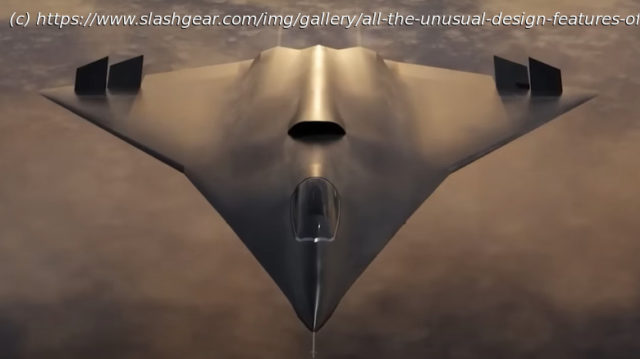China’s new J-36 long-range stealth fighter has the international military community abuzz with its apparent advances in design, technology, and weaponry.
The J-36 is not just another stealth plane with a design that throws out decades of fighter-jet convention. China’s newest prototype uses a tailless flying-wing configuration with sharply cranked double-delta wings, forming a shape rarely seen in manned fighters. It’s a fully-embraced design pivot intended to reduce radar signature from every angle, not just the front. No vertical stabilizing structures mean no obvious radar return on the rear or sides, something even the now-discontinued F-22 and highly-advanced F-35 couldn’t fully eliminate. These features contribute to making the J-36 a ghost in the skies as far as detection systems are concerned.
Dr. Emily Carter, an aerospace analyst at the Center for Strategic and International Studies in Washington, D.C, told Bulgarian Military.com, „The combination of a delta wing and stealth features is unusual, but it makes sense if you consider the kind of threats China is preparing for.“ The shape of the J-36 borrows from Lockheed’s 1970s F-117A „Hopeless Diamond“ stealth concept. The design was too unstable to fly back then, but modern flight computers changed the game. The J-36 likely uses advanced fly-by-wire controls and perhaps AI-assisted systems to stay airborne without traditional stabilizers.
Its triple-split elevons (control surfaces) and twin-split brake rudders help handle pitch, yaw, and roll, compensating for the lack of vertical structures.






